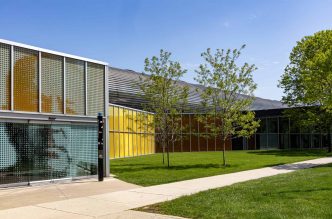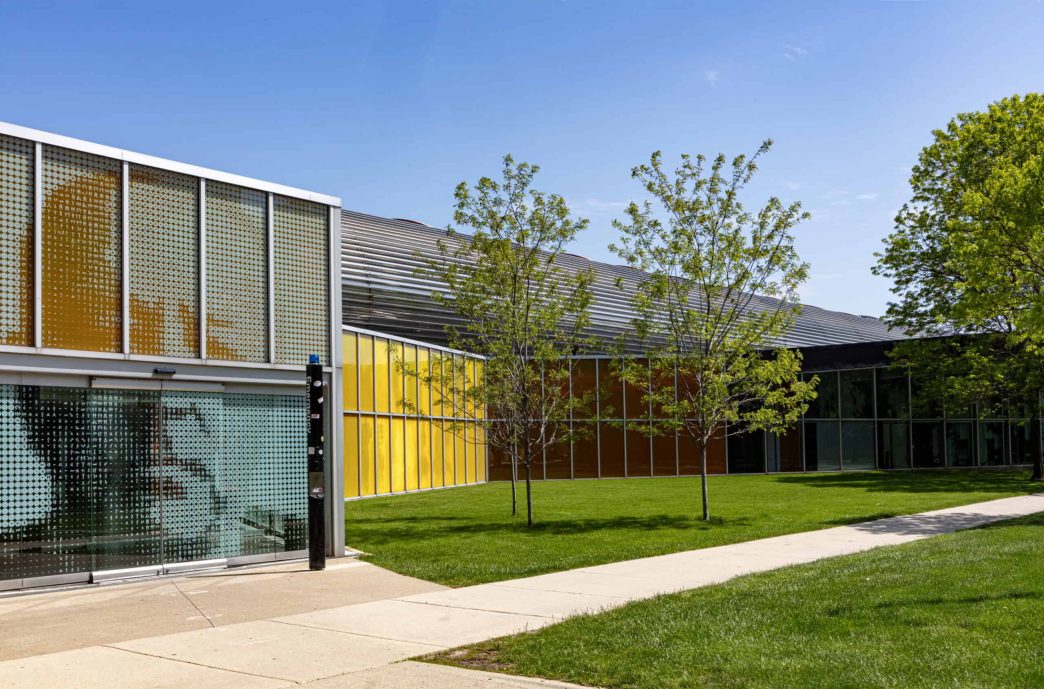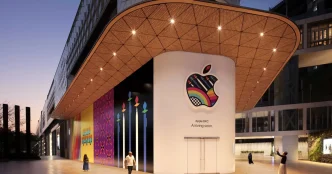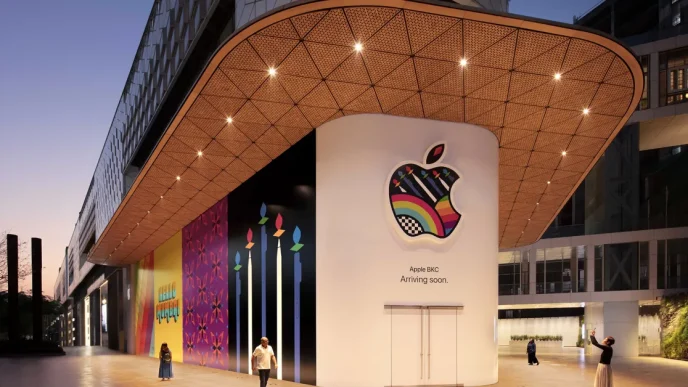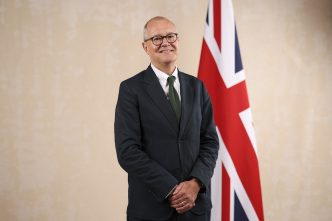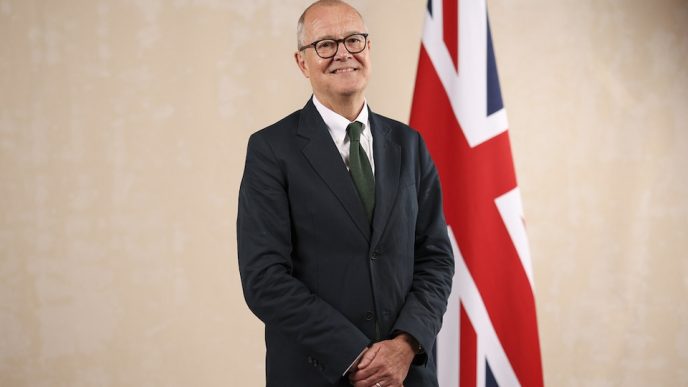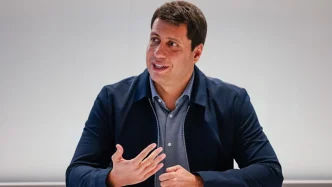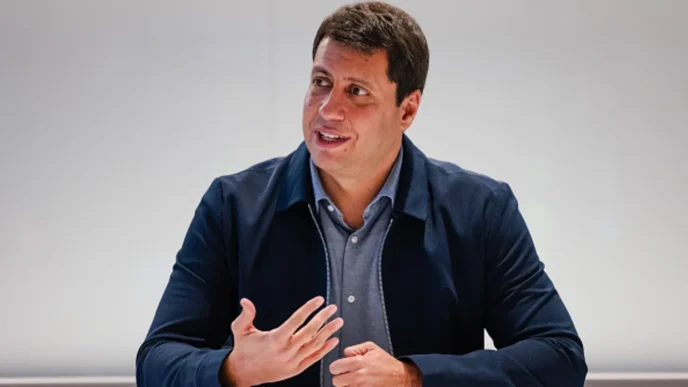The Illinois Institute of Technology said on Wednesday that it and the University Grants Commission of India had struck an agreement to construct a branch campus in Mumbai, which will welcome students in the autumn of 2026. It will be Illinois Tech’s first overseas branch campus and the first American university to provide degrees in India.
For many years, American universities were unable to establish campuses in India due to a convoluted legal and tax framework. The Indian government then released a new National Education Policy in 2020, which, according to officials, paved the way for a more simpler path to successful academic collaborations.
This year, India overtook China as the leading country of origin for overseas students studying in the United States, making it a significant growing market for American higher education. Since the great majority of Indian international students travel to the U.S. for postgraduate study, establishing a beachhead in India might help schools carve out a commanding niche for themselves in the lucrative international recruitment market.
The “top 100 universities in the world” were supposed to establish themselves in India when the government unveiled the NEP 2020 plan. That hasn’t occurred yet.
Not only is Illinois Tech not one of the most well-known universities in Chicago, but it is not a globally recognised university either. Only about 3,000 students are enrolled as undergraduates, and even fewer are enrolled as postgraduates. How, therefore, could it surpass prestigious research universities like Rice and Johns Hopkins that have been dabbling in the Indian market?
Even in recent years, American universities have been reluctant to invest in Indian branch campuses because of a combination of bureaucratic challenges and uncertain financial returns, according to Philip Altbach, professor emeritus at Boston College’s Centre for International Higher Education and a long-time authority on academic internationalisation.
According to Altbach, “American institutions haven’t exactly rushed to the gates in India, and I don’t think there’s going to be anytime soon.” “Many international universities are turned off by the difficulties in conducting business there, which are still fairly high.”
Raj Echambadi, president of Illinois Tech, stated that his school is adopting a long-term perspective. He sees the Mumbai campus as an early investment in a partnership that will become crucial to American institutions’ global strategies in the years to come, as the demand for highly skilled workers, particularly in engineering and technology, rises along with the spending power of India’s expanding middle class. The proportion of Indian master’s students has increased by about 75% in the last five years, indicating that his university has already started to recognise the value of Indian students to its financial success.
“The ride is going to be amazing if you get in early because the potential upside is huge,” he said. “We’re going to be catching that elephant’s tail in the next 25 years.”
Illinois Tech had a competitive advantage: Since 1996, when technology was developing quickly, the school has operated in the Indian education sector.
In the mid-1990s, Illinois Tech provided an early form of distance learning by sending VHS tape lessons to engineers in Bangalore who wished to obtain credentials that the Indian higher education system had not yet developed. This was in response to the surge in demand for skilled workers in rapidly expanding fields such as communications technology.
According to Echambadi, Illinois Tech is now adapting to the evolving Indian economy by offering ten degree programs in rapidly growing disciplines like semiconductor engineering at its campus in Mumbai. Its name, IIT in Chicago, is the same abbreviation as the Indian Institutes of Technology, the primary university system in India, thus it even has some inherent brand awareness.
According to Echambadi, “India cannot build universities fast enough to meet the growing demand.” “We can help with that.”
Colleges Remain Calm
Even after the NEP was granted, many universities that were interested in constructing a campus in India would have found it difficult to understand the complicated application process. The 2020 NEP took years to implement, according to Rajika Bhandari, a seasoned international education strategist and the creator of the South Asia International Education Network.
Long before the NEP, U.S. institutions had been attempting to get into the Indian market. However, the stringent restrictions and bureaucracy in India have always presented difficulties,” she stated in an email. “It has probably taken some time to put some of the policy into practice and really get things going, even with the NEP.”
According to Echambadi, having been in India for 30 years made things easier. The fact that he and Mallik Sundharam, vice president for enrolment management and student affairs at Illinois Tech, who oversaw the Mumbai project, are both of Indian descent and went to college there before relocating to the United States for graduate school, he continued, was advantageous. They claimed that they were able to get through the system more quickly than their rivals because they were familiar with the intricate bureaucracy of their own nation.
According to Sundharam, India has a simpler structure and a far more accepting attitude towards international universities. Earlier this year, they filed to open the Mumbai campus, and it took two months from the time of submission to the time of acceptance. This year, almost 50 international universities have submitted applications to open campuses in India.
He declared, “The Indian government has made significant progress.”
According to Altbach, collaborative degree programs rather than whole branch campuses are more likely to be established between American institutions and Indian universities. In 2023, Virginia Tech opened the first of these in Mumbai as well. Other universities have remained committed to research collaborations and exchanges, such as Purdue University and Johns Hopkins. Months before the new NEP was implemented, in early 2020, Rice, an early advocate of Indian-American higher education partnership, opened a research centre in Kanpur. According to Altbach, branch campuses will likely continue to be the domain of “low- to midlevel research institutions” looking to increase enrolment.
However, Bhandari, an Indian immigrant who has closely watched the nation’s thriving education industry, suggested that Illinois Tech might be leading the way in a new wave of academic internationalisation.
Physical programs in developing nations like India will become more crucial, according to Bhandari, as foreign enrolment in the United States lags behind President Trump’s efforts to deport holders of student visas and cut down on international academic alliances. There is already proof that fewer Indian students are travelling to the United States: According to a recent analysis by Chris Glass, a professor at Boston College’s Centre for International Higher Education, the number of Indian applications for F-1 visas has decreased by 34% since this time last year.
According to Sundharam, “other universities are functioning under the presumption that international markets will remain unchanged, but they won’t.” In five to ten years, students might not want to be mobile. They will desire access to high-quality postsecondary education.
